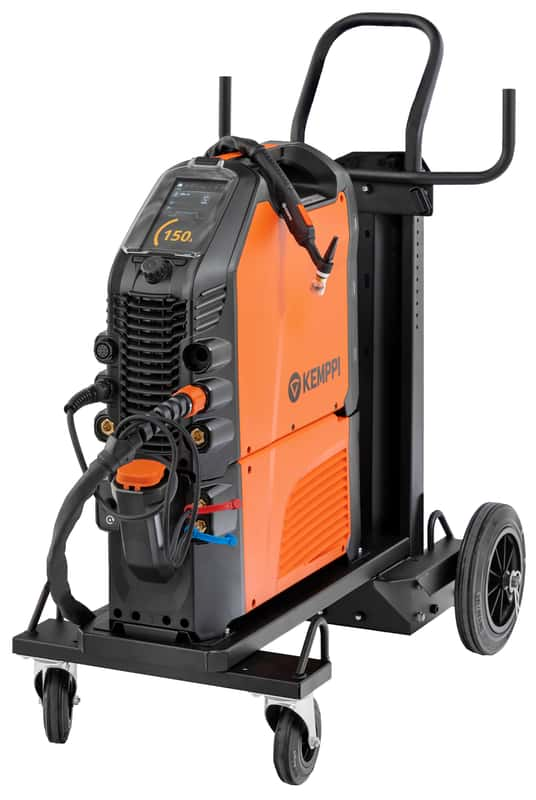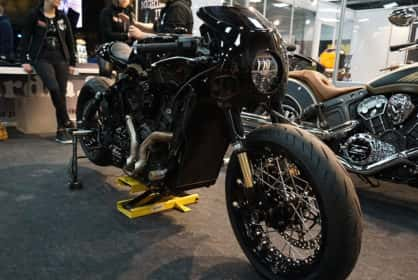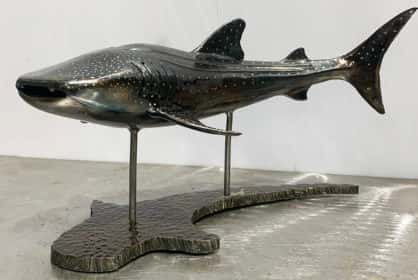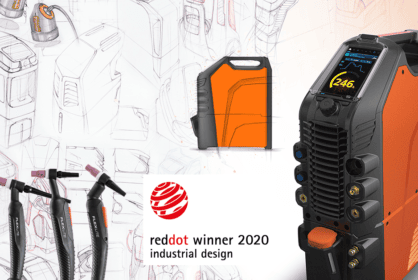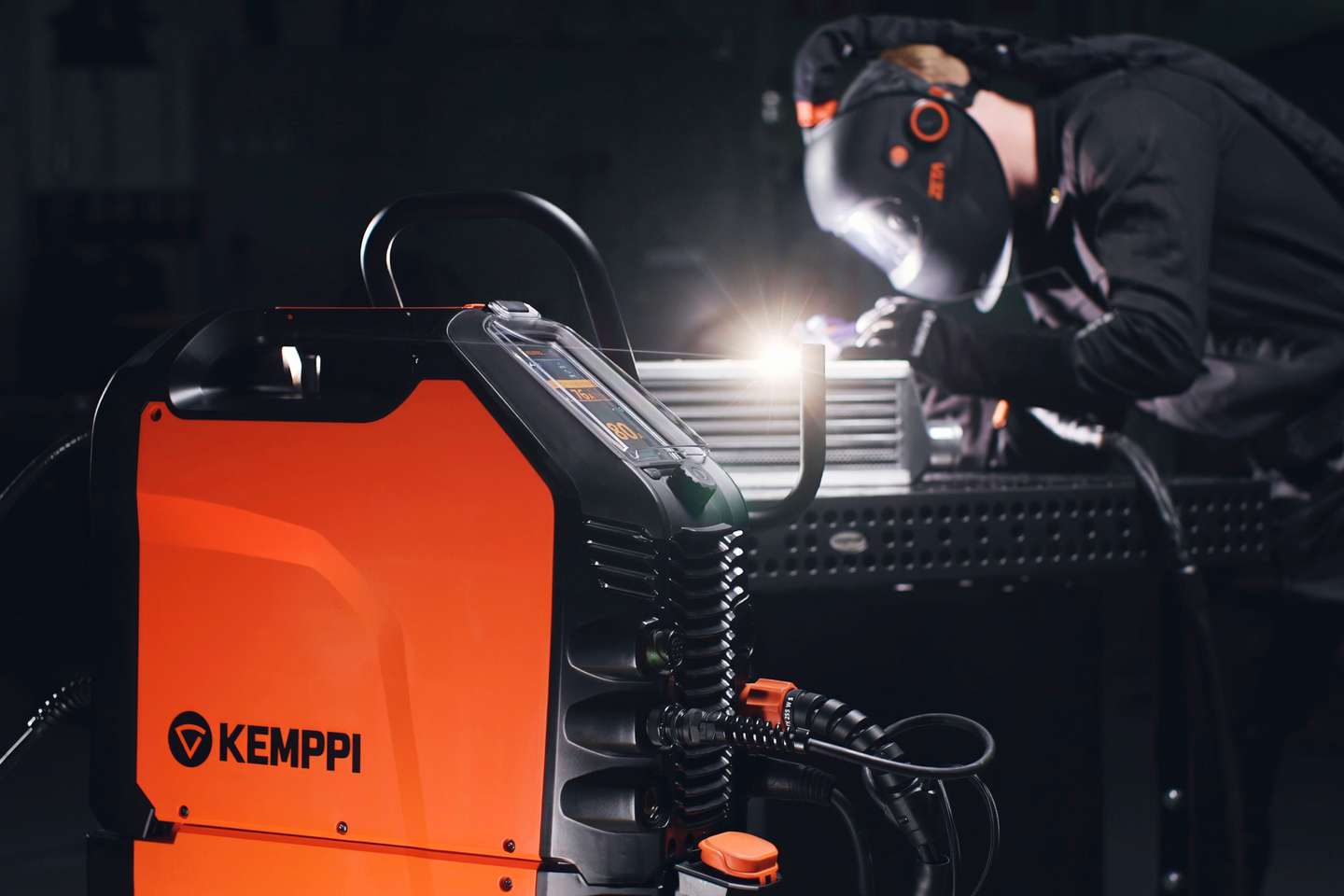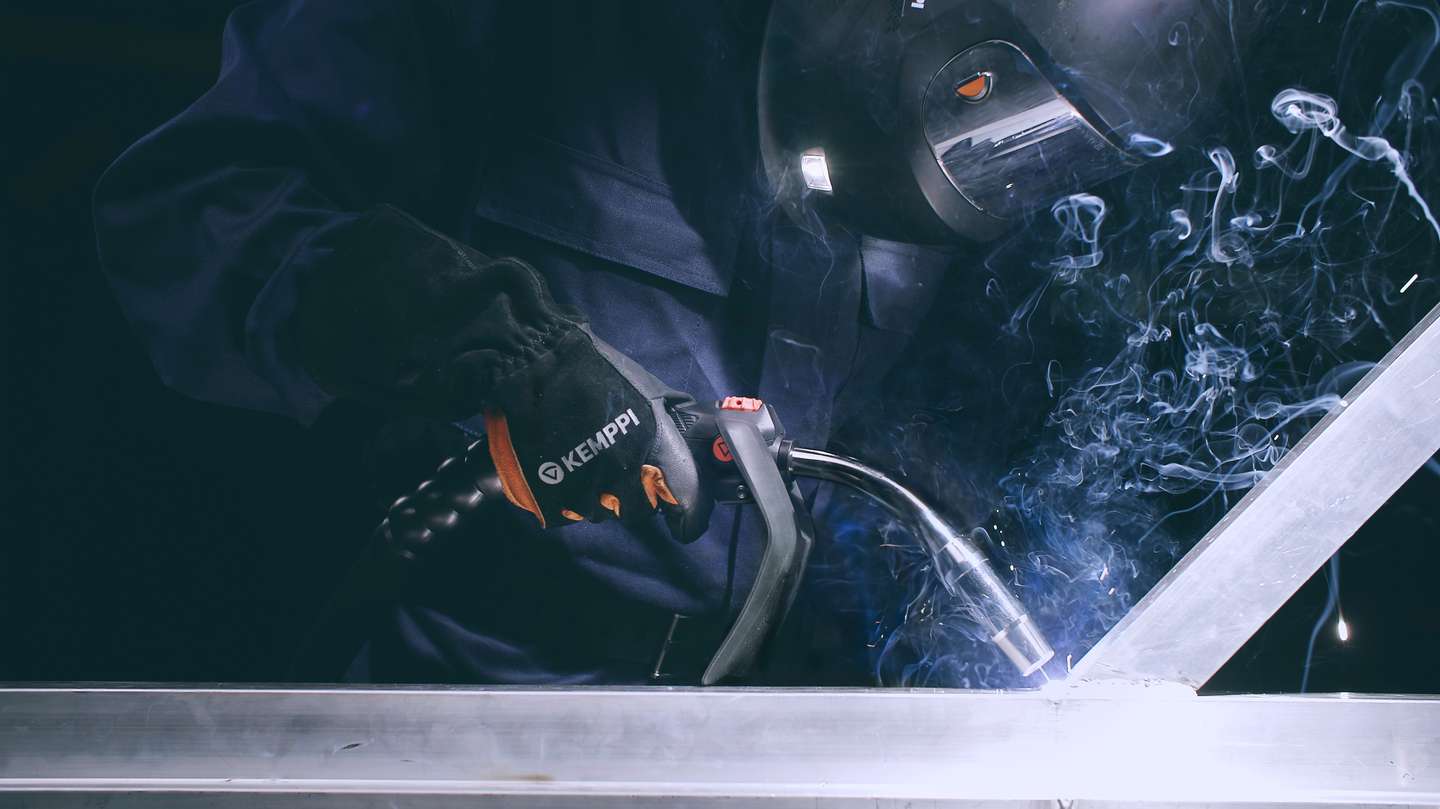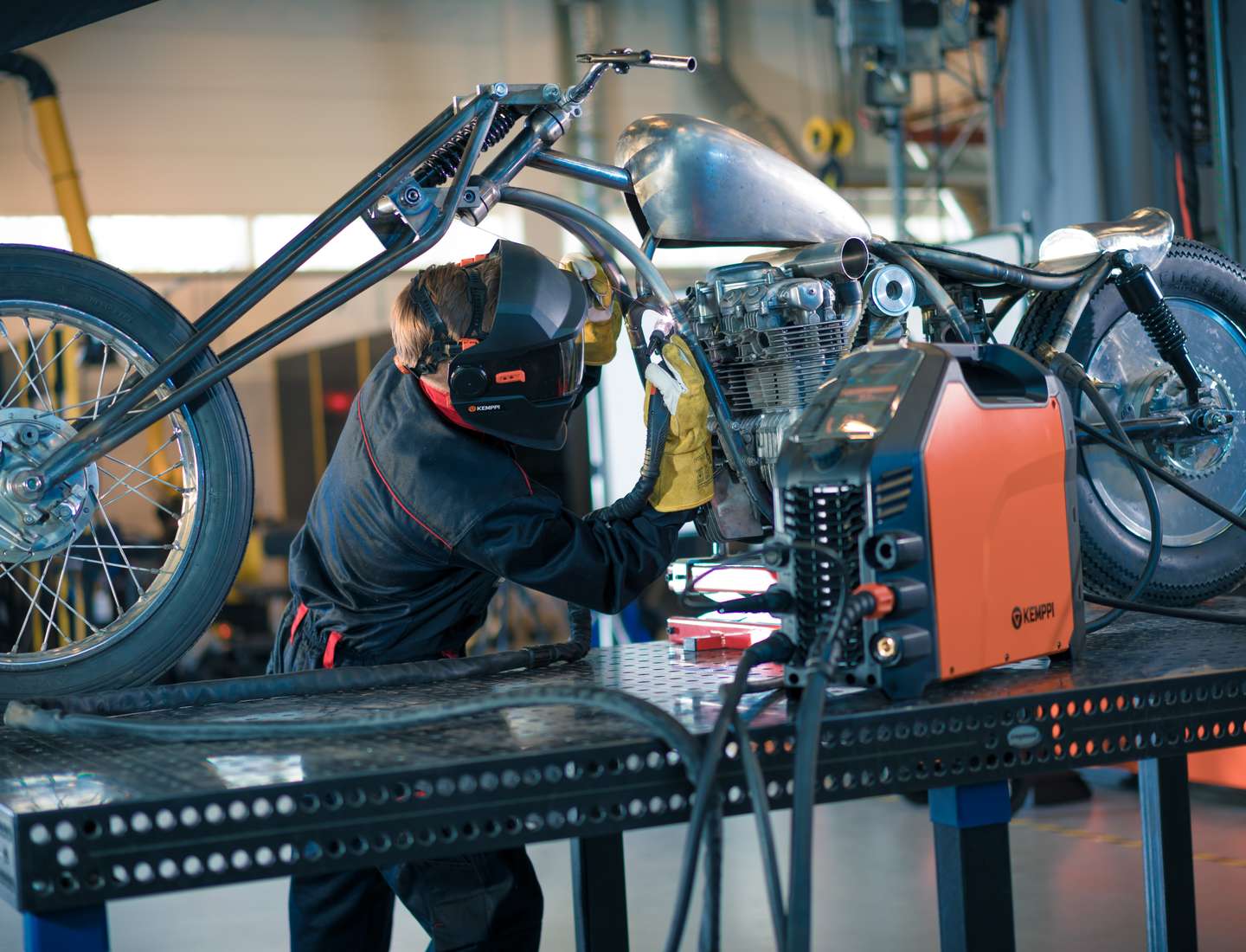
Menschen
Welding Education Comes in Handy in Motorcycle Building
23. März 2021
Olli Keskinen works as a welding instructor at Kemppi. His welding skills have proven useful when he builds motorcycles in his free time, but his hobby has also taught him new tricks that can be put to good use in his professional career. In the past, he has also participated in the MP Motorcycle Show in Helsinki, Finland at the same time as both an employer's representative and a hobbyist.
Jussi-Pekka Aukia
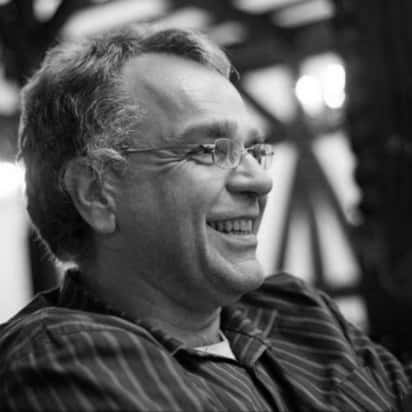
Jussi-Pekka Aukia
Jussi-Pekka Aukia
Journalist at Kriivari Oy.
